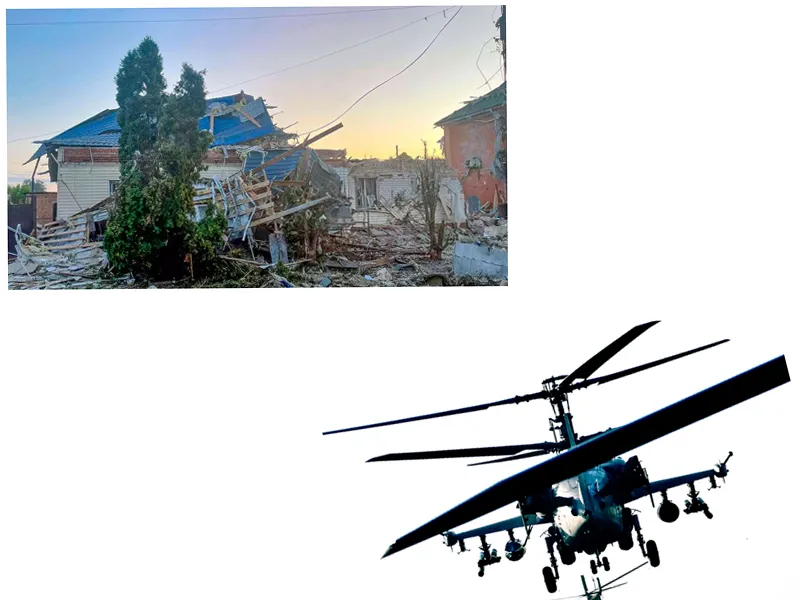With the recent escalation in the Ukraine conflict, the Ukrainian army has made significant territorial gains into Russian regions, particularly Kursk and Belgorod. Reports indicate that Ukrainian forces have advanced over ten kilometers into Russian territory, prompting mass evacuations of civilians from the affected areas. Ukrainian President Volodymyr Zelenskyy has confirmed the shift of the war into Russia, stating that the offensive aims to destabilize the situation and inflict losses on the enemy. As a response, Russian authorities have initiated anti-terrorist operations and reported casualties and injuries due to the fighting.
The situation has escalated to unprecedented levels, with the current offensive being described as the largest attack on Russian soil since World War II. Authorities in Russia have reported extensive evacuations, with over 76,000 people relocated from the Kursk region alone. Additionally, the Russian Defense Ministry has claimed to have intercepted multiple Ukrainian drones as part of its defense efforts. The conflict continues to draw international attention, especially concerning the potential risks to nuclear facilities in the region, as the Russian nuclear agency has warned of possible attacks on the Kursk nuclear power plant.
As the conflict intensifies, both sides have accused each other of escalating hostilities, including incidents at the Zaporizhzhia nuclear power plant. The Ukrainian incursion is seen as a strategic move to relieve pressure on its forces elsewhere while boosting morale among troops. However, analysts caution that this offensive may not significantly alter the ongoing Russian advances in eastern Ukraine. The situation remains fluid, with both military and civilian impacts being closely monitored.






